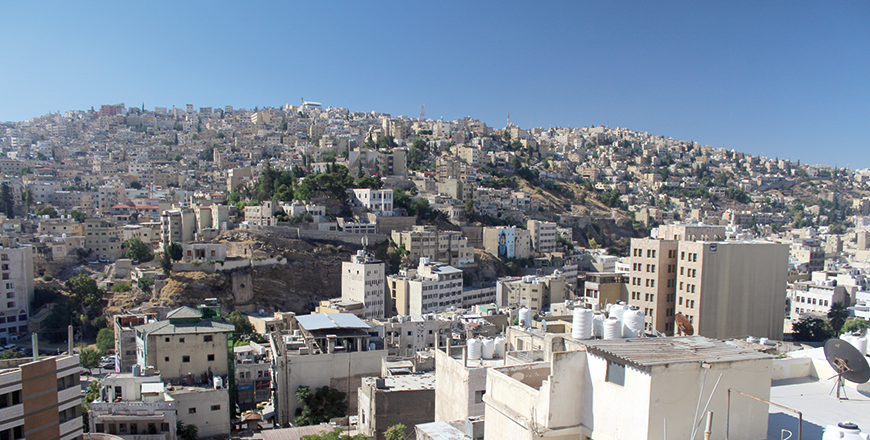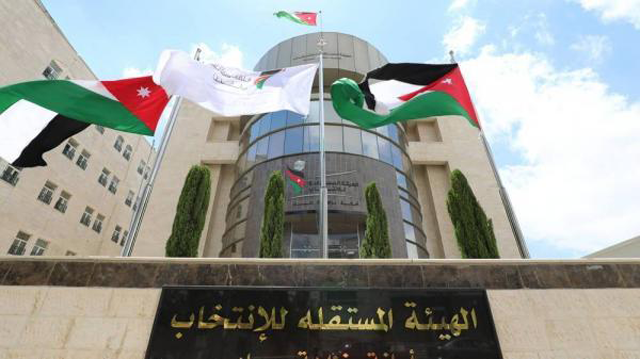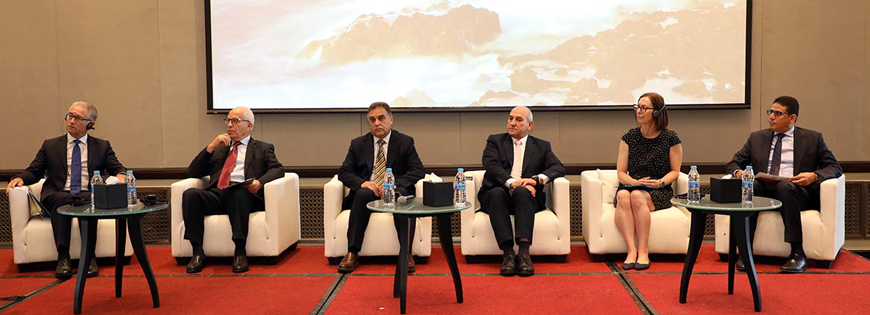You are here
Jordan's population reached 11.302 million at end of 2022
By JT - Jul 13,2023 - Last updated at Jul 13,2023

Jordan's population reached 11.302 million people by the end of 2022, according to the Department of Statistics (Photo by Taija PerryCook)
AMMAN — Jordan's population reached 11.302 million people by the end of 2022, according to the Department of Statistics (DoS).
Marking World Population Day on July 11, the department highlighted the key variables that shape population growth rates, such as fertility, mortality and net migration.
Key to Jordan's population growth is the remarkable advancement in healthcare services over the past decades; by the end of last year, there were 22.8 doctors per 10,000 citizens, with 3,063 people per pharmacy and 706 people per bed.
As a result, mortality rates have declined and life expectancy has increased to 73.3 for both genders by 2022. Based on the current population growth rate of 2.2 per cent, it would take approximately 31.5 years for the population to double.
In addition to emphasising the reduced mortality rates, the report showed that the crude death rate declined by 72.7 per cent between 1952 and 2013, while infant mortality dropped from around 122 per 1,000 live births during the 1952-1955 periods to 17 per 1,000 live births in 2017-2018.
The report also revealed that social and economic changes have led to a decrease in total fertility rates, as the number of children per female of childbearing age (15-49 years old) dropped from 5.6 in 1990 to 2.7 in 2017-2018.
This shift is reflected in the increase in the average age of first marriage for females, which reached 27.5 in 2022, which has impacted fertility rates in early adulthood. Factors such as women’s increasing pursuit of higher education and growing workforce participation, which reached 13.9 per cent in 2022, have played a significant role in the fertility rate decline.
The 2015 General Census of Population and Housing revealed that minors (under 15 years old) constituted 34.3 per cent of the total population, while the working-age population (15-64 years old) accounted for 62 per cent. The percentage of older adults (65 years and above) was 3.7 per cent. The age dependency ratio was 61.4 in 2022.
Between the 2004 and 2015 censuses, the average household size in Jordan decreased by 11 per cent, from 5.4 individuals to 4.8 individuals, respectively.
Based on the current population growth rate of 2.2 per cent, it would take approximately 31.5 years for the population to double.
In terms of education, Jordan has made notable progress in reducing the rate of illiteracy from 16.7 per cent in 1991 to 4.9 per cent in 2022. Further, 42.4 per cent of Jordanians attained secondary education or higher last year, as per the results of the 2022 Labour Force Survey.
Related Articles
AMMAN — The Independent Election Commission (IEC) said that a total of 26,272 young men and women are members of the Kingdom's 33 licensed p
AMMAN — As of this year, there are 2.246 million individuals aged between 15 and 24 in the Kingdom, out of an estimated total population of
AMMAN — The average family size in Jordan is 4.8 members, with 15 per cent of households headed by women, and one-third of family members ar



















